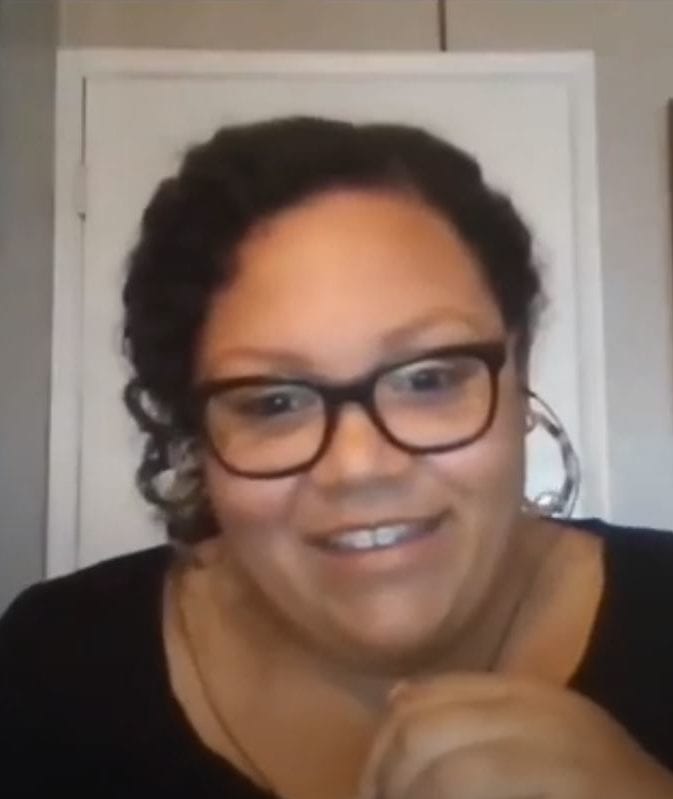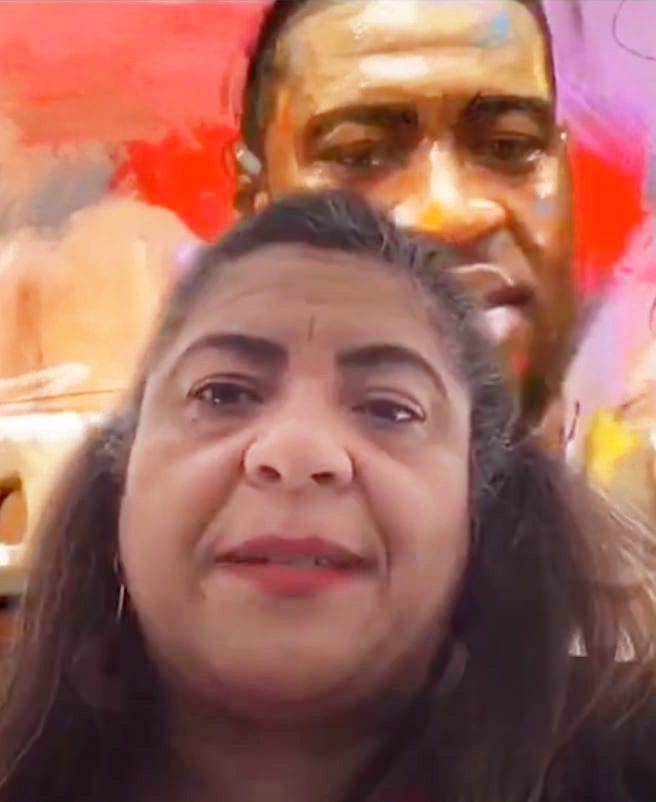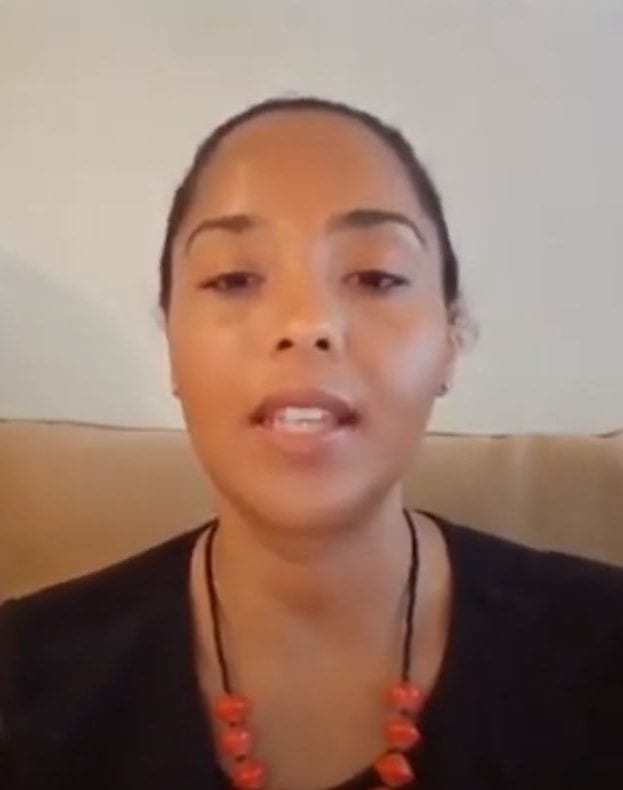
“The opposite of racist isn’t ‘not racist.’ It is ‘antiracist.’” —Ibram X. Kendi, author of How to Be an Antiracist
Following the deaths of George Floyd, Ahmaud Arbery, Breonna Taylor and so many others, racial and social justice protests are rocking the nation — the longest stretch of such protests since the 1960s. The cry for change is of a magnitude that has never happened before — amplified by social media and intense media coverage, deeply felt as people are already reeling from the global pandemic and climate change crises. Calls by leaders and average citizens alike demanding an end to white supremacy and the creation of a just and equitable society continue to ring throughout the country.
CTA is among those demanding change and believes that any real change starts with education, through the power of our educators and schools. Students must learn and understand truth from our history and current events; their education must be inclusive as well as accurate.
But what does this mean?
For educators, it means that we need to embrace multiple, factual perspectives in our curriculum and actively work to integrate anti-racism into our teaching. It is a disservice to students when we take no action; we are not fully educating them, and are instead perpetuating the status quo. Even those of us who consider ourselves “not racist” are part of the problem.

Taunya Jaco
“One either allows racial inequities to persevere, as a racist, or confronts racial inequities, as an antiracist,” writes Ibram X. Kendi, author of How to Be an Antiracist. “There is no in-between safe space of ‘not racist.’ The claim of ‘not racist’ neutrality is a mask for racism.”
Being an anti-racist educator doesn’t happen overnight, of course. It is a process of continuous learning, reflection and acting. CTA is developing ways to help members hone skills and access tools to become inclusive educators — as well as active, thoughtful citizens.
As part of the CTA Racial Equity Project, CTA has spent two years training leaders and staff on racial equity. CTA teacher leaders have been conducting bold and innovative workshops on the topic; recordings are available for viewing by all members. (See sidebar.)
“For me, saying you are an anti-racist is a verb,” says Taunya Jaco, a teacher leader and member of the San Jose Teachers Association. “It’s how you live your life and your commitment to think critically about the system and fight the status quo. It’s being able to take action and push back on racism.”
Here are some ways to get started on the path to being an inclusive, anti-racist educator.
Become self-aware
Becoming an anti-racist teacher means looking at how racism — even when it’s unintentional — hurts students. It means changing the way you look at students, how you teach them and what you teach. It can be a painful and uncomfortable process.
“We have to check ourselves constantly and remind ourselves,” says CTA President E. Toby Boyd in one of the CTA workshops. “We are going to slip once in a while and pick ourselves up and learn from this experience. We then have to educate students to take on this challenge and make sure they stay woke. We teachers are just beginning this journey. Our students will continue it.”
Being an anti-racist educator means becoming aware of your own privilege. You can be “against racism” but still benefit personally from a system that offers privileges to whites as a group, resulting in your participation in white supremacy culture, observes Robin DiAngelo, author of White Fragility: Why It’s So Hard for White People to Talk About Racism.
While white supremacy is commonly associated with neo-Nazis, DiAngelo notes, “white supremacy in this context does not refer to individual white people and their intentions or actions, but to an overarching political, economic and social system of domination” that determines power, privilege and access to resources. This system is woven into the fabric of America.
People who are white or perceived as white have more privilege and fewer barriers to resources than Black people and other people of color, writes Dena Simmons, author of the article “How to Be an Antiracist Educator” published online in ASCD Education Update.
“Constant self-reflection enhances our ability to disrupt white privilege when we see or enact it,” adds Simmons. She encourages educators to ask themselves the following questions:
- How does your power and privilege show up in your work with students, take up space, or silence others?
- What narratives are you telling yourself about students, and how does that affect grading, behavior management and other interactions?
- Do you and the academic materials you use uphold whiteness or lift up the voices and experiences of people of color?
“Put students at the center. Make space for them. What can they teach us about their culture, language and music?” —Taunya Jaco, San Jose Teachers Association
Make your curriculum and class inclusive
For far too many schools, Black history is something relegated to the month of February, focusing on Martin Luther King’s “I Have a Dream” speech and Rosa Parks. But superficial curriculum about slavery and civil rights robs all students of a chance to understand the past and where we are today as a nation.

Erika Jones
“I didn’t learn the real story of Rosa Parks until college,” says Erika Jones, a member of United Teachers Los Angeles and a CTA Board member, in a CTA roundtable discussion on “Being an Anti-racist Educator.” “I just thought she was older, that she was tired, and that she needed to sit down. But she was not an older woman who wanted to sit down. She was part of an organized civil rights action. I asked kids in my class, the majority of whom are Black, what they thought about that. One said, ‘If they told us the truth, then we would know our power.’ Just think about that.”
Jaco encourages educators to look at everything they do and teach through a racial and social justice lens, letting students know that their culture is valued and that they can contribute positively to the conversation. She advises teachers to look beyond textbooks for relevant material.
“Put students at the center. Make space for them. What can they teach us about their culture, language and music?”
Focus on scientists, mathematicians and other accomplished historical figures who are culturally relevant, says Cecily Myart-Cruz, president of United Teachers Los Angeles. She notes that most people never heard of brilliant African American female mathematicians and scientists until the release of the film Hidden Figures, or studied George Washington Carver, the most prominent Black scientist of the early 20th century.
“For far too long, we have taught U.S. history devoid of a true depiction of Black excellence, and have focused on erasing the truth of racial oppression and uplifting whiteness,” writes Simmons. “Knowing our country’s whole history helps us make sense of how our current education perpetuates inequity.”
Make students feel seen and valued
When Myart-Cruz was teaching, she never read the cumulative folders about her students with comments from previous teachers, because she wanted to meet them without judgment.
“I didn’t want to know if someone else had issue with those kids. I did not want labels on those kids,” she explains in the CTA roundtable, noting that students of color are often unfairly labeled as having learning disabilities or behavior problems.

Cecily Myart-Cruz
Students of color are often marginalized. Their strengths are overlooked. They are kept out of advanced courses, given poor grades, sent to the principal’s office, and expelled more frequently.
Pirette McKamey, author of the article “What Anti-racist Teachers Do Differently” in The Atlantic, describes a phenomenon where students of color thrive in classrooms where they know they are seen and valued. In such classrooms they are engaged, participate in discussions, and ask deep questions. In classes where they do not feel valued or seen, they may put their head down, not participate in discussions, and get poor grades.
“Anti-racist teachers take Black students seriously,” writes McKamey. “They create a curriculum with Black students in mind, and they carefully read students’ work to understand what they are expressing. … They analyze the assignments handed in, identifying ways in which teaching reached — and didn’t reach — all of their students.”
McKamey, principal of Mission High School in San Francisco, asserts that anti-racist teachers view the success of Black students as central to the success of their own teaching. They “problematize” their own practice instead of assuming students weren’t motivated or ready for challenging material. And they praise students whenever given the opportunity.
“In essence, we do what works for Black students, which also works for all students.”
“We are going to slip once in a while and pick ourselves up and learn from this experience. We teachers are just beginning this journey. Our students will continue it.” —CTA President E. Toby Boyd
Talk with students about race
“With little ones, you can’t be afraid to talk about skin color,” says Jones. “We have multicolor, multicultural crayons, and we talk about our images and our identities from coloring and writing. I want all students to leave my class with self-esteem, know they are worthy and that they are loved and beautiful. I take that very seriously and embed that throughout my curriculum. When I taught upper grades, I didn’t just offer students a list of multicultural books. I asked them to understand how the characters are helping dismantle racism or how they are perpetuating racial narratives.”
It is not easy to talk about race. However, avoiding talking about race sends a message that you are uncomfortable with the topic, which is so important to students.
Use historical stories and literature as a starting point, suggests Teaching Tolerance, a project of the Southern Poverty Law Center offering free resources to K-12 educators to supplement curriculum and create civil and inclusive school communities where children are respected, valued and welcome.
“Remember that conversations about race are not only about color, but also about whiteness. Too often, teachers discuss race without making white privilege visible and subject to investigation.” Teaching Tolerance offers the following suggestions for talking with students about race:
- Acknowledge the importance of race in students’ lives.
- Bone up on the history of race as a social construct and means of control.
- Create a safe environment with clear communication guidelines.
- Recognize that disparities exist but need not persist.
- Create opportunities for students to speak from their own experience.
Don’t tolerate racism
If you see racism, do something. If you see racism occur at your school, don’t be silent. Don’t be complicit in racism with other educators who discuss “those children” and have low expectations for children of color. Speak up — and speak out — against racism. When a slur comes out of somebody’s mouth, don’t ignore it. When a racist joke is told, speak up. Encourage others to speak up against bias and hate at all levels and in all areas, throughout your school and the larger community.
“Being an anti-racist is about seeing race, acknowledging the system, and also acknowledging that we have much work to do in dismantling it.”
—Erika Jones, United Teachers Los Angeles
Listen and learn
Becoming an anti-racist educator may involve introspection and difficult conversations. If you are white, you may realize that some of your behavior is offensive to people of color. But instead of becoming angry and defensive when that is pointed out to you, listen to the message and be humble, says DiAngelo.
The author, who is white, notes in White Fragility that during workshops she has given, white people have walked out or claimed to be “under attack,” using “white fragility” to deflect attention away from the subject at hand. Instead of being open-minded and listening to the message that their behavior may be complicit in racism or inflicting pain upon their colleagues or students, they react defensively and insist they are “colorblind” and “treat all people the same.” And by insisting on that, they are resisting change.

Sarah Robinson
Being an anti-racist is not about being colorblind. It is seeing people of color for who they are, respecting what they have to say, listening, learning, and changing your behavior when necessary.
“Saying ‘I’m not a racist’ or ‘I was raised not to see color’ doesn’t make you an anti-racist,” explains Jones. “Being an anti-racist is about seeing race, acknowledging the system, and also acknowledging that we have much work to do in dismantling it.”
“It isn’t easy. You may be uncomfortable having these conversations, but push through,” says Sarah Robinson, moderator of the CTA roundtable, a high school Spanish teacher and Redondo Beach Teachers Association member. “If you have more questions than you started with, that’s good. Be inquisitive. Get resources. Read books. Talk to your friends, colleagues and people in the community. Educate yourself. Becoming an anti-racist teacher is a lifelong learning journey.”
CTA’s Work Toward Anti-racism
- CTA’s Human Rights Department, Service Center Equity Teams and Racial Equity Affairs Committee have launched a webinar series, “Tuesday Takeovers for Racial and Social Justice.” Topics include “Being an Anti-racist Educator,” “Being an Anti-racist Educator in a Conservative Area” and “Talking About Color.” All are welcome; go to cta.org/reac to view recorded webinars and find out more.
- Attend CTA conferences and workshops on anti-racism.
Also, check out Teaching Tolerance (tolerance.org) and Black Lives Matter at School (blacklivesmatteratschool.com). Other relevant sites along with recommended reading, toolkits and more are listed at cta.org/blacklivesmatter.
